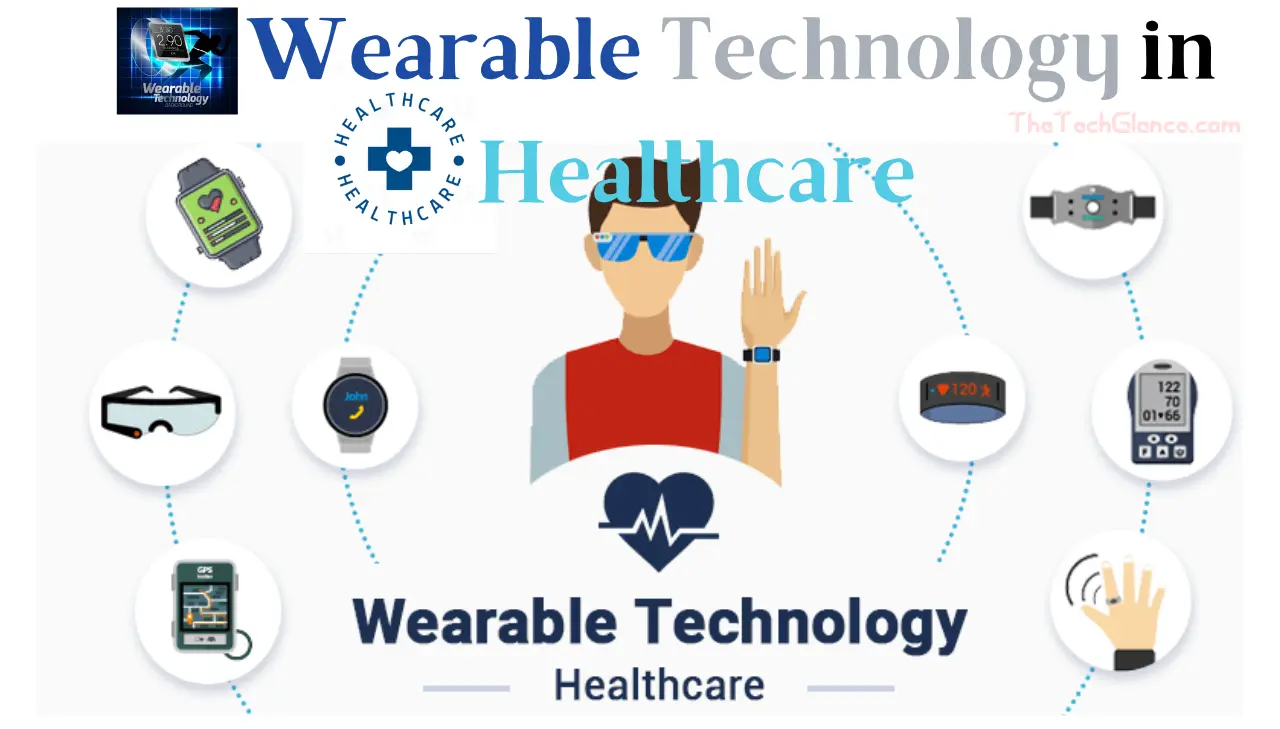Do you know How Wearable Technology Changing Healthcare? Since the start of the pandemic, wearable technology has become one of the most significant sectors of the global healthcare industry. In this blog post, we’ll talk about How Wearable Technology Changing Healthcare, its advantages—such as real-time feedback, better patient engagement. We’ll also talk about its potential in the future to deliver personalized medicine and disease early detection.
Wearable Technology Changing Healthcare
Wearable technology in healthcare has always been one of the most important industries in the world and has played an important role since the beginning of the pandemic. Many technological advances have been introduced into the industry itself and have completely changed healthcare.
Insiders estimate that a fifth of the US population will use smart technology by 2021, and this trend is especially evident during pandemics.
In fact, the number of users of wearable technologies has tripled in the past four years as consumers have become more health conscious.
Development of Wearable Technology
Patients with chronic diseases such as diabetes, cardiovascular disease, neurological diseases and diabetes require real-time monitoring.
Glucose monitoring is common in diabetics, but pacemakers and pacemakers, which are considered implantable devices, keep patients alive. One of the first medical devices was a biosensor. In 1956, the first biosensor was used to measure blood oxygen levels using electrodes.
The device is designed to record blood oxygen levels in the operating room in real time during cardiac surgery. Communication technology and Bluetooth technology have developed tremendously in recent years, and HWD displays and data transmission make this possible.
Mobile devices have made great strides in simplifying treatments, especially in recent years. Additionally, recent developments have reduced the risk of infection.
How Wearable Technology Helped Healthcare?
To explore the potential of wearable devices, let’s take a look at how these devices have helped lives. Originally, medical devices were limited to measuring heart rate using mostly monitors of your activity. Wearable technology can identify critical health issues and identify diseases at an early stage.
This means they can give their patients the right treatment at the right time, which can prolong their life and ultimately save the patient’s life. For example, if the patient’s blood pressure and heart rate drop rapidly, the alarm notifies the doctor so he can take steps to help the patient.
Impact of Wearable Technology on Healthcare
When implementing a technical solution, good results are often accompanied by unexpected failures or problems that can negatively affect the entire business.
In future of Wearable Technology in Healthcare, digital and wearable devices face two main challenges: errors and data security.
- Technology users use and misinterpret the results. In addition, the mechanism is easily damaged.
- It allows patients and doctors to work together and take advantage of today’s technology.
- The use of portable technology is limited if there is a Wi-Fi connection or sometimes when the battery is low the device cannot be used without a charger.
- This greatly reduces the effectiveness of these technologies and devices and can lead to errors and incorrect reporting of patient data.
- Most health care providers use technology in health care because of the large amount of patient data available that doctors need to assess patients’ conditions.
However, there is always the risk of a data breach associated with the availability and accessibility of data.
Types of Wearable Technology in Healthcare
There are several types of portable medical devices.
Ministry of Health
Monitoring devices include sensors and actuators. They have optimal performance and connectivity as well as energy storage capabilities. These devices include heart rate monitors and are designed to measure the patient’s vital signs, including body temperature and blood pressure.
Healthcare providers send this information to doctors in apps installed on smartphones and other devices.
Activity tracking devices
When these devices were first marketed, they were not intended for specific medical applications. Some of these wearable devices are capable of measuring vital signs because they contain disease-specific devices.
These platforms typically sync collected data with apps and send that data to cloud platforms for further analysis.
Therapeutic devices
Use of real-time monitoring of patient rates. It is intended to measure parameters related to treatment and disease management.
This category includes painkillers, rehabilitation devices, insulin pumps and ventilators.
Benefits of Wearable Technology in Healthcare
Benefits of wearable technology in healthcare are not only for doctors but also for patients. Doctors need real-time updates from their patients to provide quality and timely care when needed. With wearable technology, doctors can now monitor blood sugar, blood pressure, oxygen levels, heart rate and more.
The development of technology has made it possible to predict major events, and wearable technology is no exception in this regard.
Wearable technology allows doctors to quickly diagnose and diagnose a serious health condition. This allows them to provide their patients with the right treatment at the right time, thus saving lives.
Wearable technology allows doctors to quickly alert doctors when biometric tags enter dangerous places. This means that when a patient is in critical condition, doctors can perform life-saving measures and provide immediate relief.
Conclusion:
One should know Pros and cons of Wearable Technology in Healthcare. Wearable technology helps life in many ways. From better diagnosis to better communication between patient and doctor, wearable technology has been pioneered since its inception.
However, the cost of telemedicine software is very low and not all healthcare providers can recommend a digital option to their patients.
Hello, my name is Rishabh Kumar and I am the author of TheTechGlance.com. I am fond of writing and I have done engineering from NIT Hamirpur due to which I have good knowledge of technology, AI, Crypto and network.
